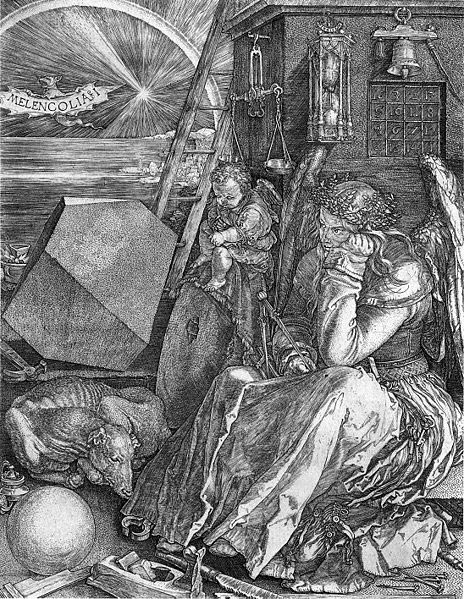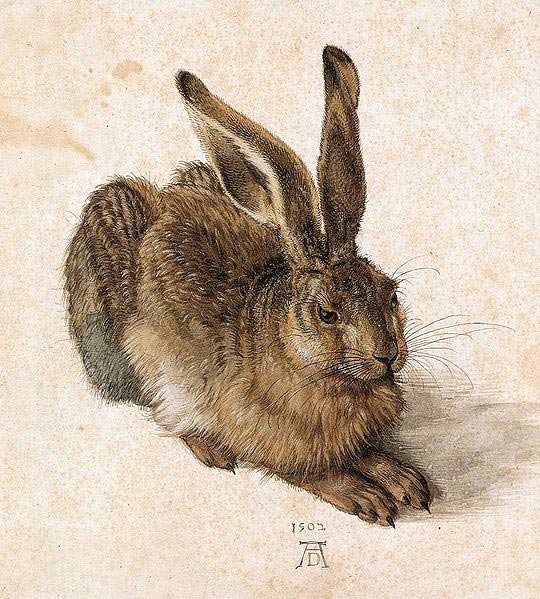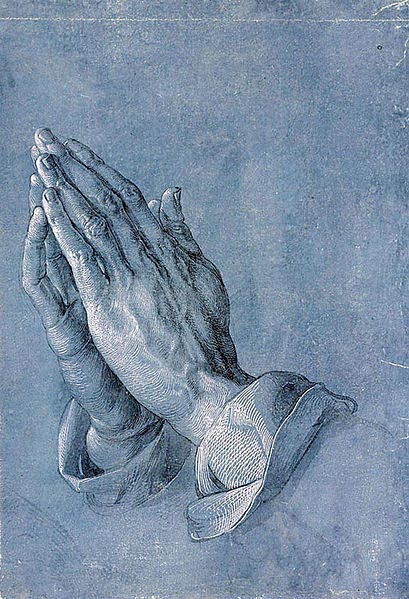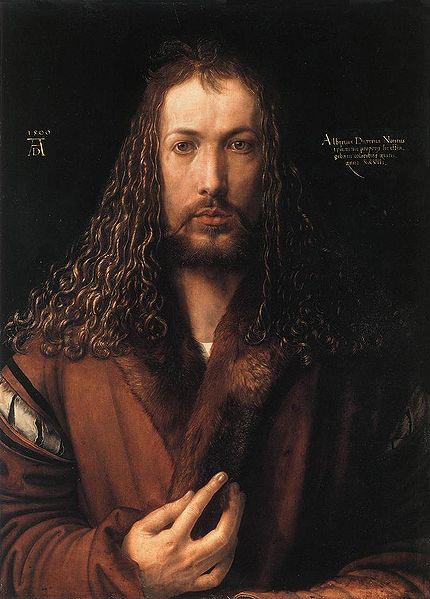| Famous Paintings by Albrecht Dürer | |
| Young Hare | |
| Rhinoceros | |
| Adam and Eve | |
| Praying Hands | |
| Knight, Death and the Devil | |
| Apocalypse | |
| Self-Portrait of Albrecht Dürer | |
| Melencolia I | |
| Adoration of the Trinity |
While most renaissance artists came from Florence, Italy, there was an artist from somewhere else who was known to have excellent and well-received paintings and artworks by the turn of the 16th century. Not only was this artist a painter, he was also doing a lot of works such as printmaking and engraving. He was even a theorist and mathematician. He was none other than Albrecht Durer (1471-1528).
Albrecht Dürer, or Duerer, was a painter, mathematician, theorist, printmaker and engraver originating from Nuremburg, Germany. He was considered as one of the greatest artists of the Northern Renaissance. Having lived between the Netherlands and the European Art capitals of those times paved way for his inspiration and motivation to paint and engrave on wood.
Aside from Paint, he also excelled in prints. His works mainly focused on Roman Catholicism, mostly altarpieces and other related religious art. He also did numerous self-portraits, and because he was an engraver, he was able to produce profound copper engravings and woodcuts. His works proved to be what Northern Renaissance Art was all about, and they were also backed up by theories, which join concepts in math, idealistic proportions and perspective.
Albrecht was born on May 21, 1471, the third among fourteen to eighteen siblings. His father was known to be a renowned goldsmith. His family, originally named Ajtosi, moved to Nuremburg in the year 1455, near Gyula, Hungary. His surname Durer or Duerer, was derived from their Hungarian Family name of Ajtosi. It was previously known to be “Thurer” as well.
 What made him go into the print industry was his godfather, Anton Koberger, who just at the time of his birth left goldsmithing and shifted to print making. Because of the success his godfather gained, he owned a total of 24 print presses, whose major and noted publication then was the Nuremburg Chronicle.
What made him go into the print industry was his godfather, Anton Koberger, who just at the time of his birth left goldsmithing and shifted to print making. Because of the success his godfather gained, he owned a total of 24 print presses, whose major and noted publication then was the Nuremburg Chronicle.
His life was well recorded and documented, because Durer himself left his own autobiographies. It was said that he started learning drawing and smiting gold simultaneously through his father after a few years of studying in school. As much as he wanted to take his father’s footsteps, he continued on pursuing drawing and eventually landed being an apprentice of Michael Wolgemut by age fifteen. Proof of his early work was his own self-portrait when he was a thirteen year-old.
After his stint being an apprentice, he followed the German tradition of Wanderjarhe, where apprentices have the freedom to try and learn skills from other artists. It was also said that he was supposed to work under leading European engraver Martin Schongauer, but died just before Albrecht was able to arrive in the year 1492. It was also said that he may have learned from Martin’s Brothers, Paul and Caspar, and even the painter Ludwig.
 He eventually left for Italy, and was able to study more of art and its advanced techniques. He was then able to make prints in drypoint and woodcut designs in German Style. By the time he returned in 1495, he opened his own art workshop, and by then his manner of painting slowly combined Italian styles underneath northern art. Though his parents died nearly at the same time, he mostly focused on prints which were woodcuts, and most of which were religious. One noted prints he was able to do was the “The Men’s Bathhouse”.
He eventually left for Italy, and was able to study more of art and its advanced techniques. He was then able to make prints in drypoint and woodcut designs in German Style. By the time he returned in 1495, he opened his own art workshop, and by then his manner of painting slowly combined Italian styles underneath northern art. Though his parents died nearly at the same time, he mostly focused on prints which were woodcuts, and most of which were religious. One noted prints he was able to do was the “The Men’s Bathhouse”.
Though it was nearly impossible to know it was Durer’s work, it was undoubtedly his. Evidences show that his rigorous training in Wolgemut’s Studio improved his skill for carved altarpieces. Documents also say that he either drew the patterns of paper or just directly cut the design on wood itself.
One of the noted prints he was able to accomplish was the Apocalypse. Following that was the engraving of The Great Passion, a series on the Holy Family and certain Saints. Frederick III of Saxony also commissioned Durer to make the Polyptych of the Seven Sorrows. He also trained on the hard art of using the Burin, a French cold chisel to make deep engravings and print.
 He went back to Italy and focused more on painting. He mainly worked on portraits and church altarpieces. Due to the popularity of his engravings, the works were eventually copied. He eventually returned to Nuremburg around 1507, and staying until 1520. He was even able to establish connections with major painters and sculptors alike such as Bellini, Da Vinci and Raphael.
He went back to Italy and focused more on painting. He mainly worked on portraits and church altarpieces. Due to the popularity of his engravings, the works were eventually copied. He eventually returned to Nuremburg around 1507, and staying until 1520. He was even able to establish connections with major painters and sculptors alike such as Bellini, Da Vinci and Raphael.
From 1507 until 1511, he worked on his most notable paintings: Adam & Eve, The Iris with the Virgin, The Virgin’s Assumption and Ten Thousand Martyrdom. He died on April 6 1528, leaving a huge sum of artworks and engravings. Some of his works are:
• The Paumgartner Altarpiece
• Christ as the Man of Sorrows
• Christ Among the Doctors
• Study of Praying Hands
• Knight, Death & Devil
• Melancholia I
• Lamentation for Christ
